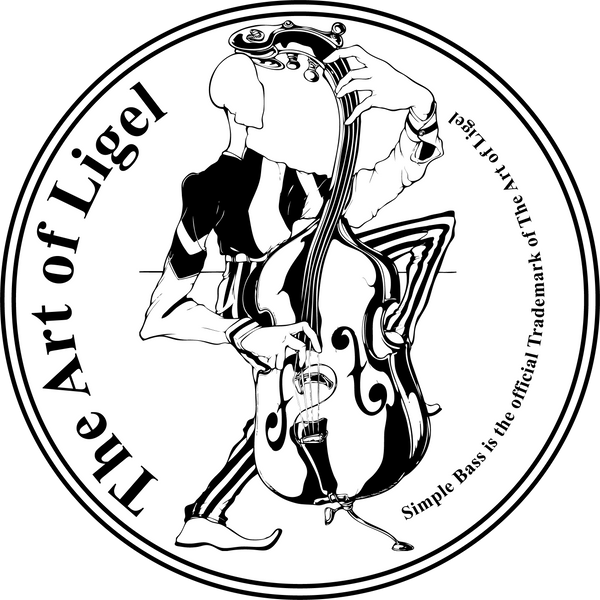If you’ve ever stood in front of a painting so bold and vibrant that it practically shouts at you, chances are you’ve encountered Fauvism. This groundbreaking early 20th-century art movement didn’t just break the rules—it completely redefined how artists use color and expression.
What is Fauvism?
Fauvism emerged in France around 1905 as the first significant avant-garde movement of the 20th century. The name “Fauvism” comes from the French les Fauves, meaning “the wild beasts,” a label given by a critic stunned by the movement’s vivid, untamed paintings shown at the 1905 Salon d’Automne in Paris.
Instead of realistic depictions, Fauvist artists emphasized emotional expression through wild, bold colors and energetic brushwork. Their work feels raw, spontaneous, and alive, focusing on personal feelings rather than accurate representation.
 Still life study | Oil on canvas | 12" x 18" | 2017 | By: Ligel Lambert
Still life study | Oil on canvas | 12" x 18" | 2017 | By: Ligel Lambert
Characteristics of Fauvism
- Bold, Non-Naturalistic Color: Fauves used pure, intense colors straight from the tube, often ignoring the natural colors of their subjects.
- Expressive Brushwork: Brushstrokes are visible, loose, and energetic, conveying movement and emotion.
- Simplified Forms: Shapes are basic and sometimes abstract, avoiding intricate details.
- Flatness and Lack of Depth: Traditional techniques, such as shading and perspective, were minimized, resulting in paintings with a flat, decorative quality.
- Emphasis on Emotional Impact: The goal was to evoke feeling through color and composition rather than replicate reality.
Fauvist Color Palette
Color was the heart of Fauvism. Artists chose hues for their emotional resonance rather than accuracy. Typical traits include:
- Use of pure, saturated colors like bright reds, blues, greens, yellows, and oranges.
- Juxtaposition of complementary colors (e.g., blue and orange) to amplify vibrancy and tension.
- Unnatural, unexpected color choices—like blue trees or purple skies—to surprise and engage the viewer.
- Minimal or no use of black, with shadows created using contrasting bright colors.
In Fauvism, color isn’t just painted on canvas—it is the subject.
The Founding Artists: Henri Matisse & André Derain
Henri Matisse (1869–1954)
Often called the leader of Fauvism, Matisse revolutionized the use of color in works like “Woman with a Hat” (1905), where green, orange, and blue collide in emotional harmony. He viewed art as a source of joy and believed that vibrant color could express deep feelings and create balance.
André Derain (1880–1954)
Derain was Matisse’s close collaborator and fellow pioneer of Fauvism. Together, they painted in Collioure, a sunlit town on the French coast, creating landscapes bursting with wild, unnatural colors. Derain’s “The Turning Road at L’Estaque” exemplifies the Fauvist style—dynamic, colorful, and expressive.
Why Fauvism Matters
Though Fauvism lasted only a few years (roughly 1905–1910), its impact was immense. It liberated color from the confines of realism and opened the door for later movements, such as Expressionism and Abstract art. Fauvism taught artists and viewers alike that art is not just about what we see—but also about what we feel.
Quick Recap
- Fauvism = bold color + expressive brushwork + emotional freedom
- Color palette = pure, bright, often unnatural hues placed side by side
- Founders = Henri Matisse & André Derain
- Legacy = foundation for modern art’s embrace of personal expression and color experimentation
Next time you see a painting with wild colors that don’t quite match real life but make your heart race, you’re experiencing the spirit of Fauvism—the wild beast that forever changed the art world.
Keywords: Fauvism, Henri Matisse, André Derain, bold color, expressive brushwork, avant-garde, wild beasts, early 20th-century art, non-naturalistic color, complementary colors, emotional expression, Fauvist palette, modern art, French painting, Salon d’Automne, color experimentation

